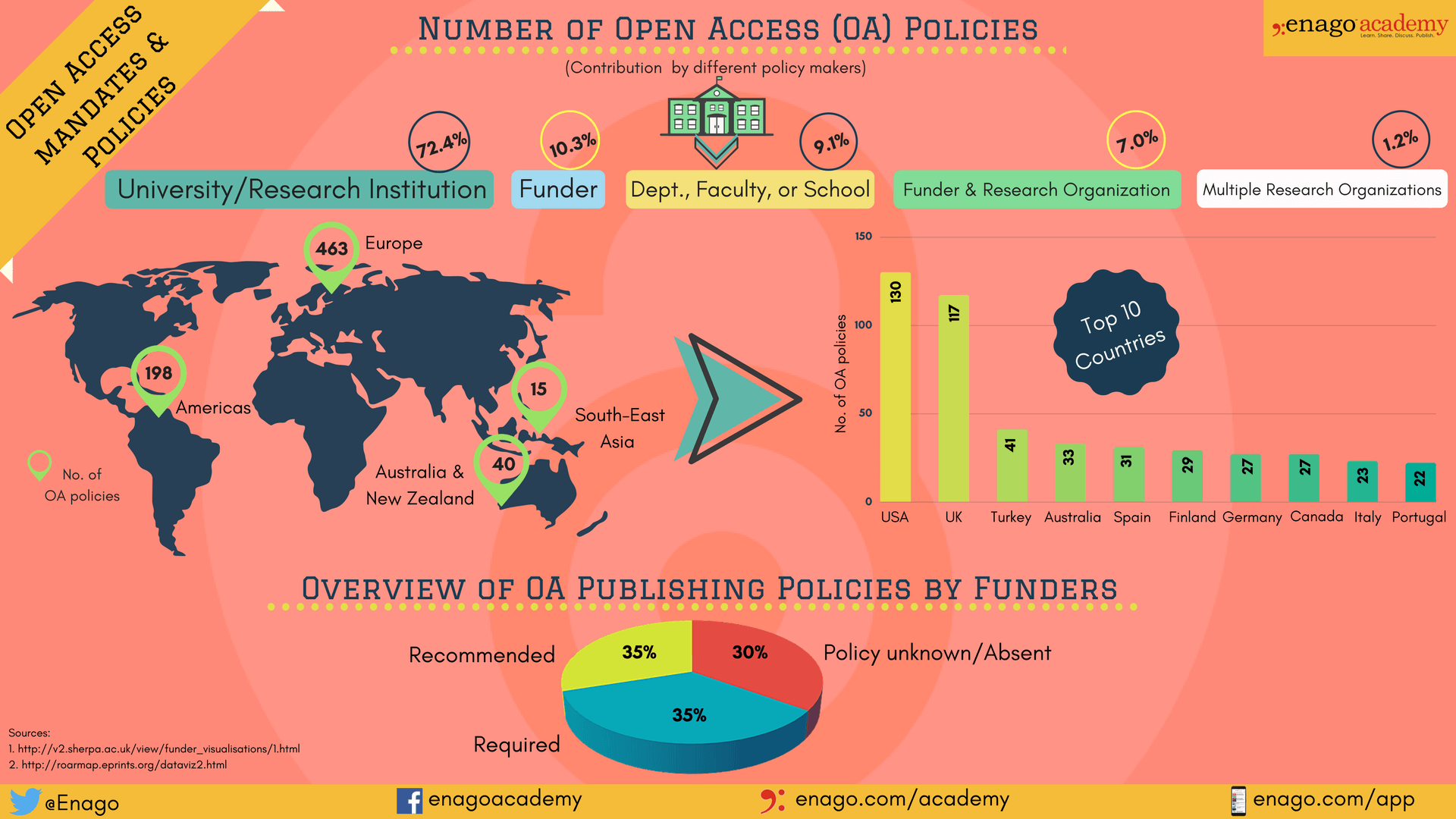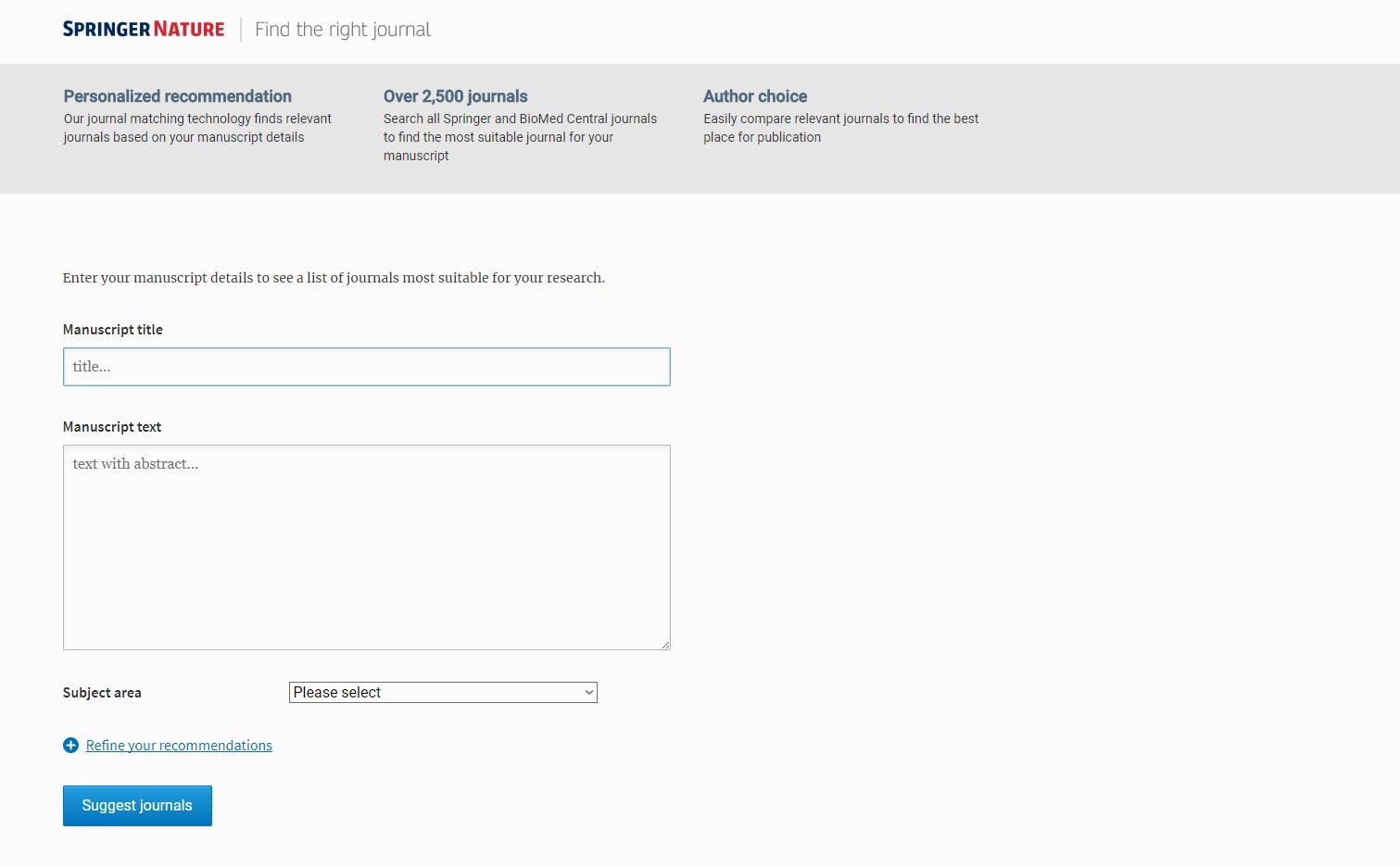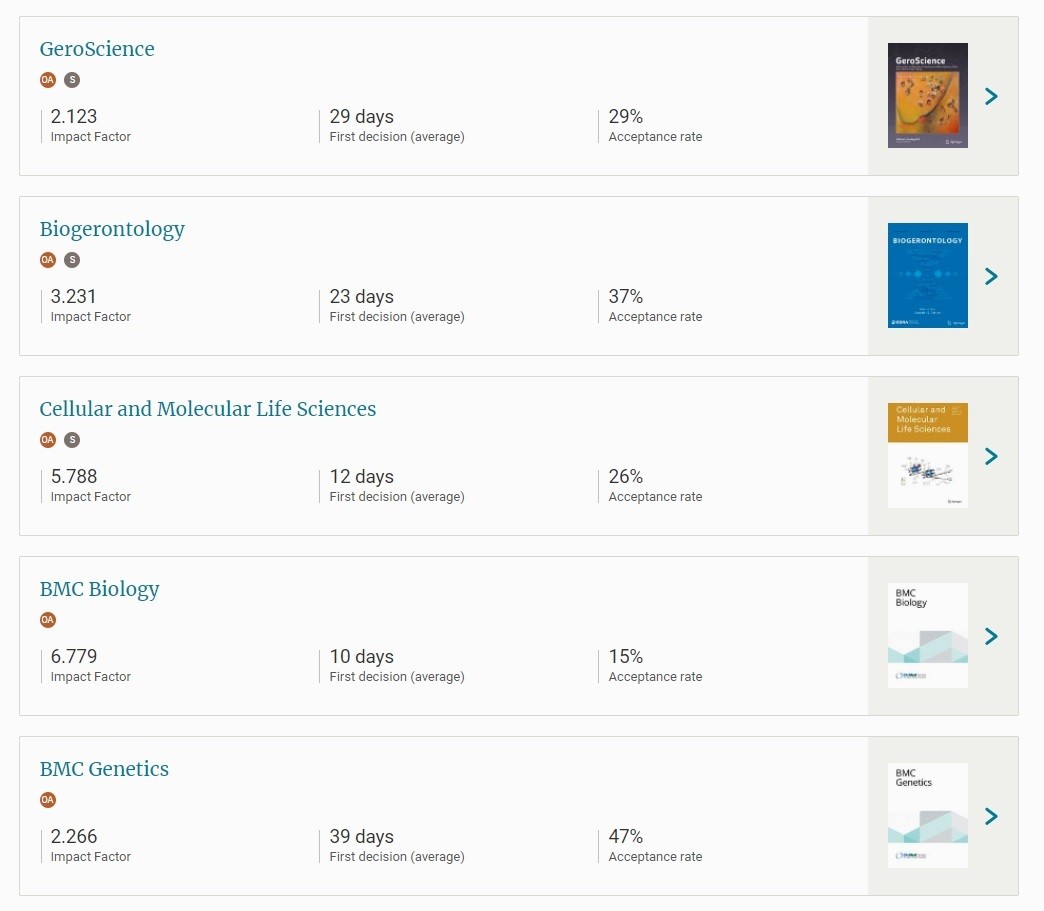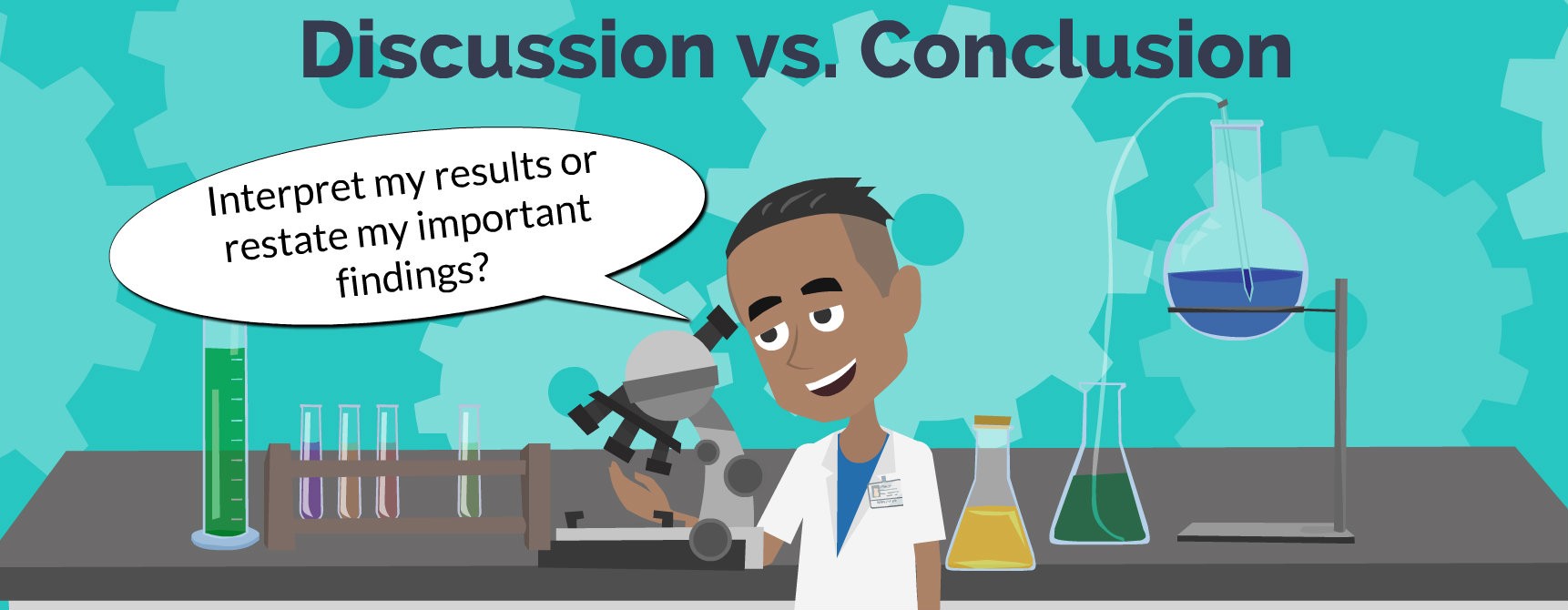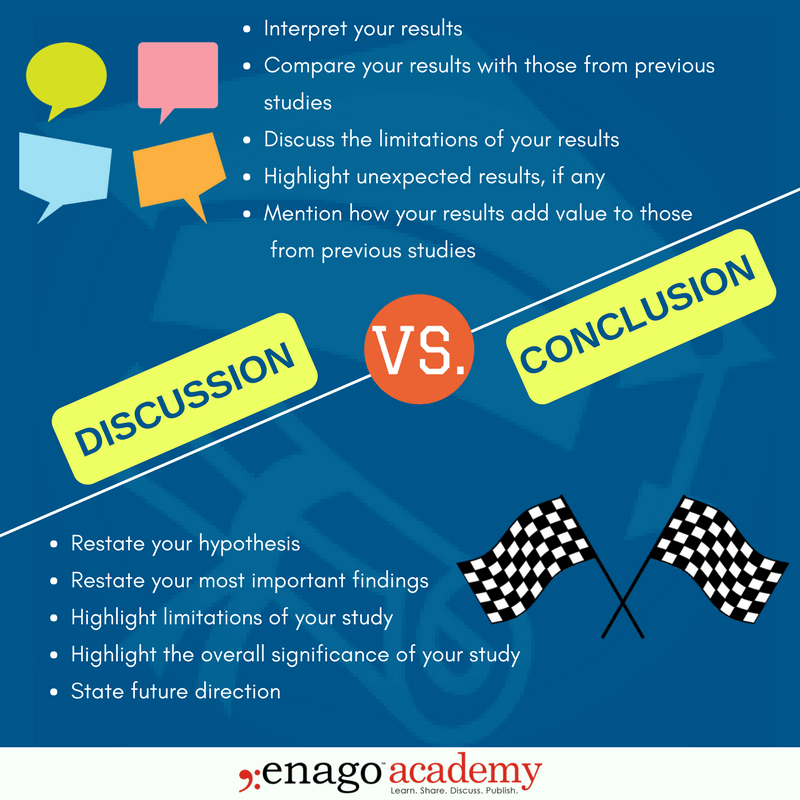
The scientific community is well aware of the pitfalls and challenges associated with keeping and storing data. While there may be other data management tools, the most commonly used one is the unambiguous lab notebook. This innocent tool for keeping data is far from perfect—data can be lost, degraded, or otherwise compromised. Enter Hivebench, an electronic laboratory notebook (ELN) built by scientists for scientists. Hivebench is the answer for researchers who wish to manage data, track protocols, and collaborate.
Introducing Hivebench
Elsevier acquired Hivebench from Shazino, a research application developer based in Lyon, France. Hivebench was set to be integrated into the existing Research Data Management portfolio maintained by Elsevier. In a nutshell, Hivebench is an ELN that helps researchers conduct and analyze experiments, prepare experiments, and store methods and protocols in one place. This saves the researcher’s time. In addition, Hivebench is the only ELN available on the desktop (OSX), mobile devices (iOS), and the web. Aside from these, Hivebench is linked to Mendeley Data and other Elsevier tools. Thus, researchers can export their results to Mendeley Data. The acquisition of Hivebench is set to benefit funders and institutions as well. Hivebench is to be integrated with the “funder compliance check” module, which will solidify the link between data posting requirements and laboratory data.
Hivebench – Unlocking the full potential of research data from Bob Hendriks on YouTube
Features and Benefits
Hivebench has a plethora of features and benefits as compared to traditional, paper-based laboratory notebooks. It provides researchers and their colleagues a way to share protocols and data, which is hard to do when using paper notebooks. In addition, Hivebench allows users to access all the protocols and data at the same time, anytime. The progress of experiments can be stored in real-time. Considering how fragile, risky, and limited paper notebooks are, Hivebench presents a novel and concrete solution. Researchers need to spend a lot of time writing in a laboratory notebook, which doesn’t have search features and requires deciphering; however, Hivebench can allow seamless sharing of work. Comments and conversations can also be tracked real-time.
When using paper notebooks, researchers need to rewrite sections of drafts and deal with security issues with respect to their data. Aside from this, paper laboratory notebooks cannot comply with funders/FDA. There is also no uniform format for sharing. In contrast to this, Hivebench uses universal templates to share results in a consistent manner. It also complies with FDA/funder requirements. Researchers who use Hivebench can securely share their work with their colleagues. Moreover, automatic sign-outs are a feature of Hivebench. Data can be preserved in a non-proprietary format.
How Helpful Is Hivebench?
Paper-based laboratory notebooks are surrounded by peril: it is too easy to lose, destroy, and misinterpret them. There are instances when paper-based laboratory notebooks proved to be a recipe for disaster. Hivebench can clearly address these problems and a lot more. For example, losing your laboratory notebook in a fire is not unheard of. When fires do occur in laboratories, everything is lost. All the precious data and protocols are gone. Another situation is not having a lab notebook at all. Taking notes is imperative in research and not having a notebook is a common cause of frustration. In addition, it is difficult to search for data required by reviewers in a lab notebook, wherein you have to look through a lot of data.
Aside from these, losing data files is not uncommon. For instance, storing pictures of cells or analyzing DNA sequences is commonplace. However, what if the computer malfunctions? Everything is then lost. Hivebench stores all data on the same platform, which means that they will be accessible for years. Information stored in multiple locations is a problem, which removes uniformity in data storage and encoding. Hivebench can address this because it is the same wherever you access it.
Hivebench: write your lab notebook from Team Shazino on Vimeo.
Key Aspects and Drawbacks
There are a number of key aspects that Hivebench is associated with:
- Improving sharing: Protocols are easier to access, common reagents and databases can be shared
- Increasing efficiency: Hivebench has an integrated notebook and calendar function that allows experiments to be scheduled so outcomes can be recorded
- Saving time: Protocols and previous results are easier to locate
- Reducing failure: It is easy to compare successful experiments with unsuccessful ones
- Signifying compliance with mandates: Funders are implementing mandates surrounding the sharing, storage, and capture of data.
There are, of course, some drawbacks to Hivebench:
- Protocol creation is rigid
- It doesn’t support the creation of tables
- Free Hivebench account is limited to 10 users
- Works only on iOS and OSX
There is no perfect system, however, Hivebench comes close. It’s still the best choice for researchers in terms of data collection and management.


